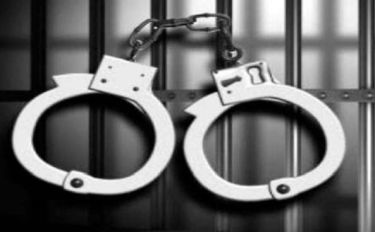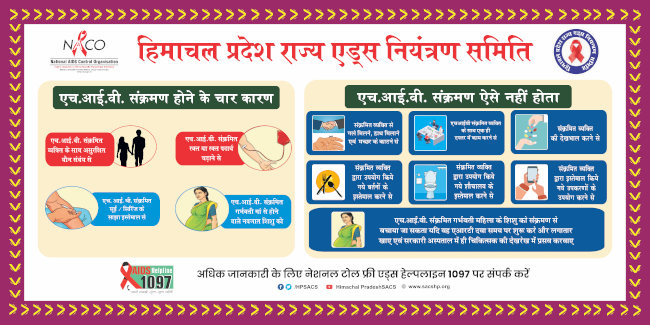
State to open 100-bed de-addiction facility in Sirmaur; School curriculum to include drug awareness from next session
Over 5,000 cases under the Narcotic Drugs and Psychotropic Substances (NDPS) Act have been registered in Himachal Pradesh from 2023 to June 2025, with illegal property worth ₹36.95 crore seized in a sustained crackdown on drug trafficking. The state has also launched a wide-ranging offensive targeting organised networks, financial supporters, and even government employees involved in drug-related activities.
The growing abuse of narcotics and synthetic drugs such as heroin, MDMA, and Tramadol had emerged as a serious concern, particularly in districts near pharmaceutical hubs. In response, the government declared a war on drugs soon after taking office and introduced tough legislative measures to tackle the issue.
Two new laws were brought in this year. The Himachal Pradesh Organized Crime (Prevention and Control) Bill includes provisions for death penalty, life imprisonment, and confiscation of properties to break the backbone of crime syndicates. The HP Drugs and Controlled Substances (Prevention, De-addiction and Rehabilitation) Bill complements this with strict punishment, as well as provisions for awareness, de-addiction, and rehabilitation, modelled on the Sikkim framework. A state fund is being established to support community outreach and recovery services.
In 2024, Himachal became one of the few states to invoke preventive detention under the PIT-NDPS Act, with 123 proposals and 41 detention orders issued against habitual offenders and major drug peddlers. The police identified 1,214 illegal properties tied to drug traffickers, acted on 70 encroachments, and initiated demolition proceedings. Action was also taken against 80 government employees involved in drug-related crimes.
Between 2023 and June 2025, 5,004 NDPS cases were registered: 2,147 in 2023, 1,717 in 2024, and 1,140 till June 2025. The economic crackdown led to asset seizures worth ₹4.87 crore in 2023, ₹25.42 crore in 2024, and ₹6.66 crore till mid-2025. Additional seizures worth ₹7.74 crore are under review.
To strengthen field-level enforcement, a Special Task Force (STF) was created in March 2025 with operational zones in Dharamshala, Mandi, and Parwanoo, covering high-risk districts like Kullu, Una, Baddi, and Sirmaur. Thirteen police stations have been integrated under the STF, with six already active to enhance intelligence sharing and inter-district coordination.
The crackdown led to major seizures, including 919 kg of charas, 32.9 kg of heroin, 1,632 kg of poppy husk, 89.6 kg of opium, and over 1.64 lakh tablets and capsules. Nearly 70 lakh cannabis plants were destroyed in tough-to-access areas. A ward-wise mapping of addicts and peddlers has been launched to classify them into red, yellow, and green zones for targeted intervention.
Recognising the importance of prevention and rehabilitation, the government is introducing a dedicated chapter on drug abuse awareness in school curriculum from the next academic session. De-addiction centres for men are operational in Kullu, Una, Hamirpur, and Kangra, while a centre for women is managed by the Red Cross Society in Kullu. A 100-bed state-of-the-art de-addiction facility is coming up at Kotla Barog in Sirmaur district, and similar centres are planned across all districts.
To support long-term recovery, the government is providing counselling, skill development, and employment opportunities to recovering addicts, treating substance use as a public health and social issue rather than purely criminal behaviour.
On the healthcare front, 14 targeted intervention projects have been launched by the Himachal Pradesh State AIDS Control Society under NACO for Injecting Drug Users. These initiatives offer free needles, HIV/STI testing, counselling, oral substitutes, and ART linkage for HIV-positive individuals. Needle-syringe exchange programmes have helped reduce the risk of infection and improved health outreach among vulnerable groups.







